Built On Bones

Winter is upon us and it's time to move into interior spaces. So, in celebration of this transition—and with a nod to Halloween—I wanted to focus today on the bones and skeletons that reside inside us.
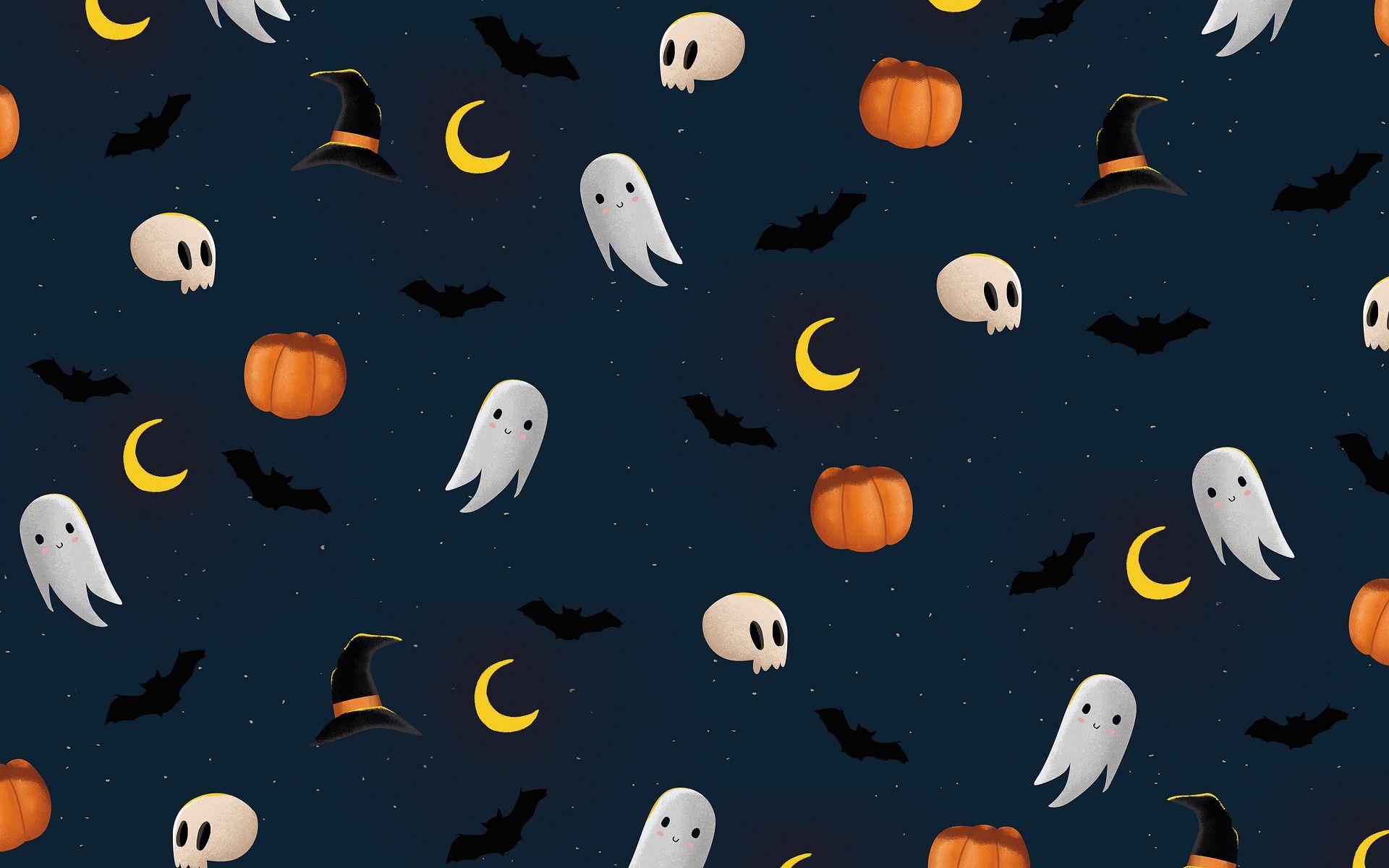
If walking around on Halloween night reveals anything, it's that people are oddly, and endlessly, fascinated with bones, skulls, and skeletons. But at the same time, how often do we think about the real origins and purposes of these bones?
Yes, bones give us a framework for standing upright, and levers for our muscles to pull and push against, but do you know the other critical roles that bones play?

Unfortunately, the evolutionary origins of bones are poorly understood because, while bones are well documented in the fossil record, the softer tissues that preceded the first true bones are not preserved.
It is thought that bones first evolved in aquatic animals as a way to store phosphorus, which is very limited in salt and fresh water environments. And then, later, as land-dwelling animals evolved, bones became a way to store calcium that is very hard to come by in terrestrial environments.
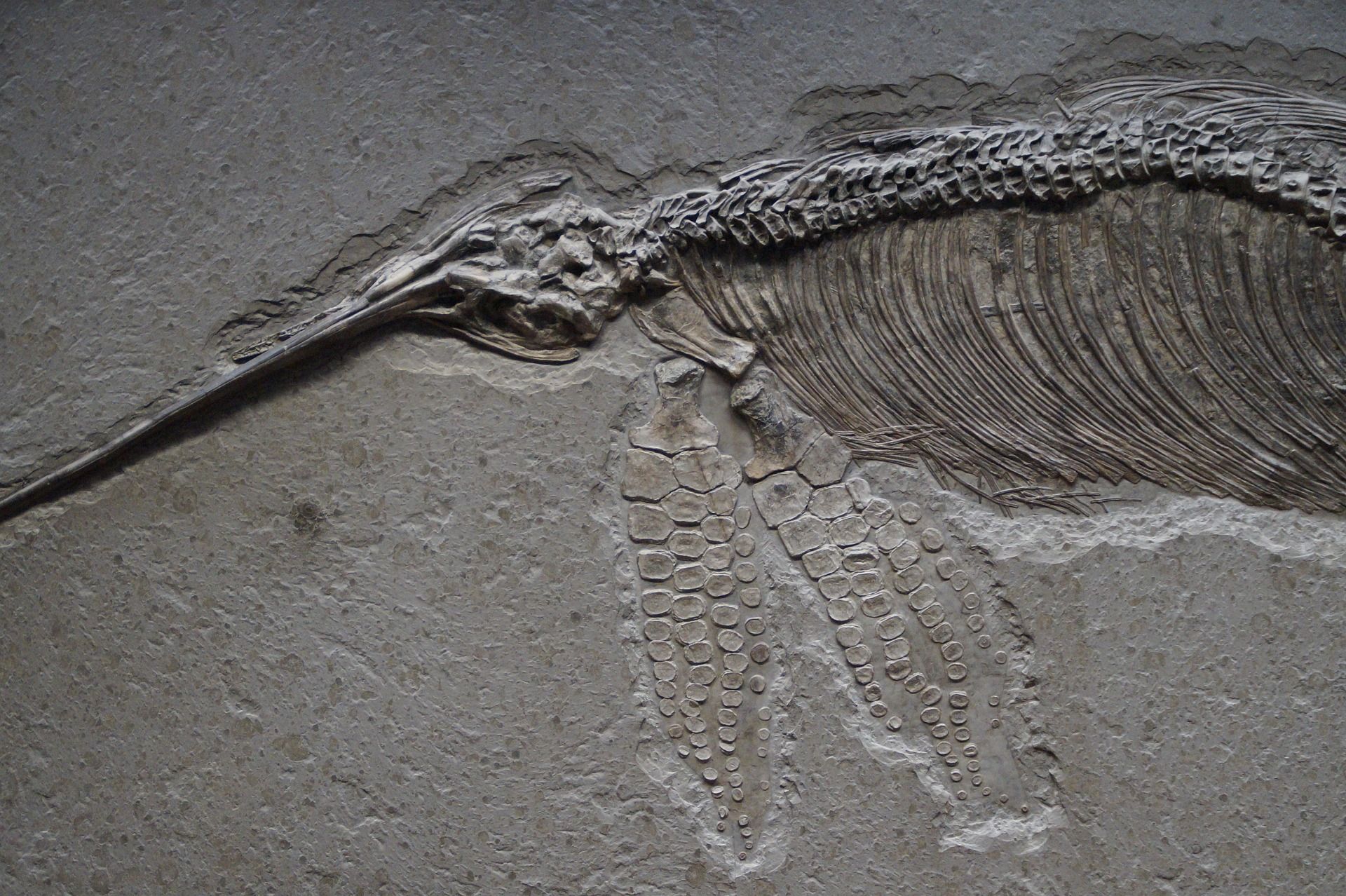
This is critical because the proper functioning of cells for every living organism depends on calcium and phosphorus. Cells and organisms can only function when levels of these minerals are maintained at a consistent and relatively narrow (ionic) concentration.
Bones maintain this necessary balance by collecting and storing extra minerals when they're available, then releasing stored minerals when they're in short supply, so one of the most important roles for bones is to serve as a storehouse of minerals.
This reveals another surprising aspect of bones and skeletons. We think of bones as dead tissues but they are in fact living, dynamic organs. Not only are they absorbing and releasing minerals, they are also producing the red and white blood cells we need to survive.
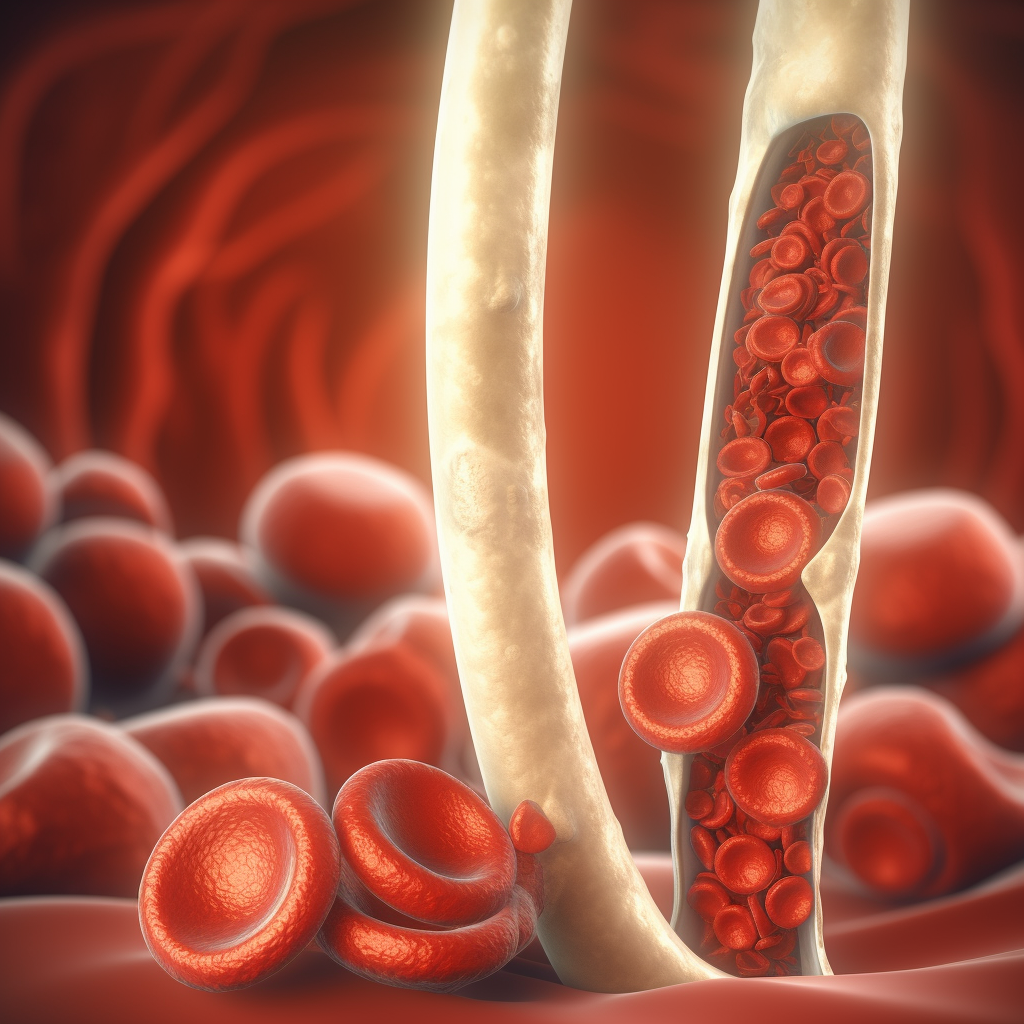
Perhaps the most surprising aspect of bones is that they are continually dissolving and rebuilding in a process called "remodeling." In fact, did you know that we replace our entire skeleton every 7-10 years?!
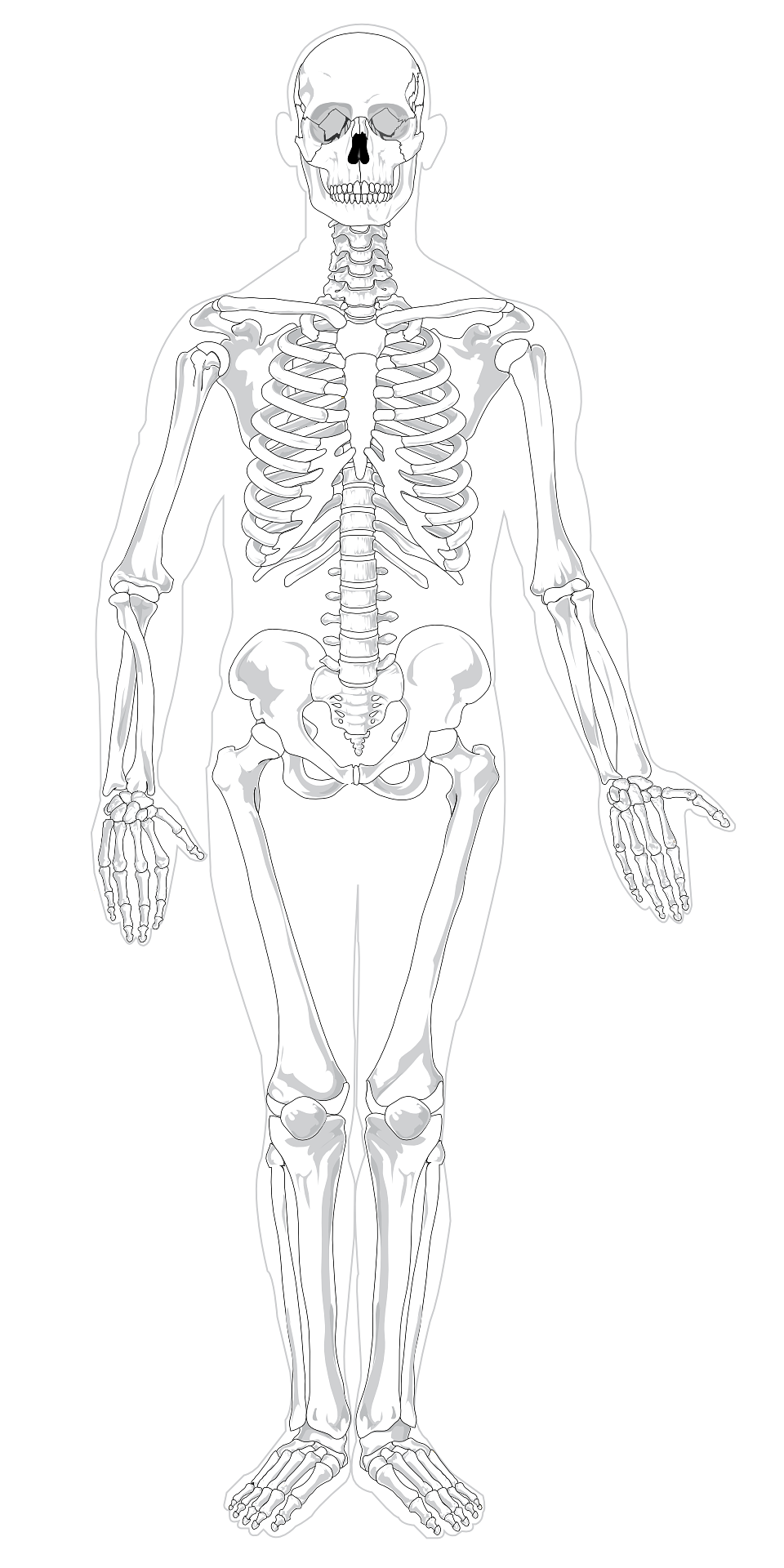
The ever-changing nature of bones can also be seen in the fact that before we are born our bodies are first built on a framework of cartilage, then over the course of our childhood this framework of cartilage is replaced by the bony skeleton we carry for the rest of our lives.
This matters because if our cartilage was replaced with bones before we were born we would never grow larger, so the lingering presence of cartilage allows us to continue growing through puberty.
Every aspect of our bones and skeletons has to do with balance. The balance of moving through physical space with muscles. The balance of maintaining the right levels of minerals in our bodies. And the balance of bones being strong enough to resist breaking while being light enough that our bodies don't have to carry too much extra weight.
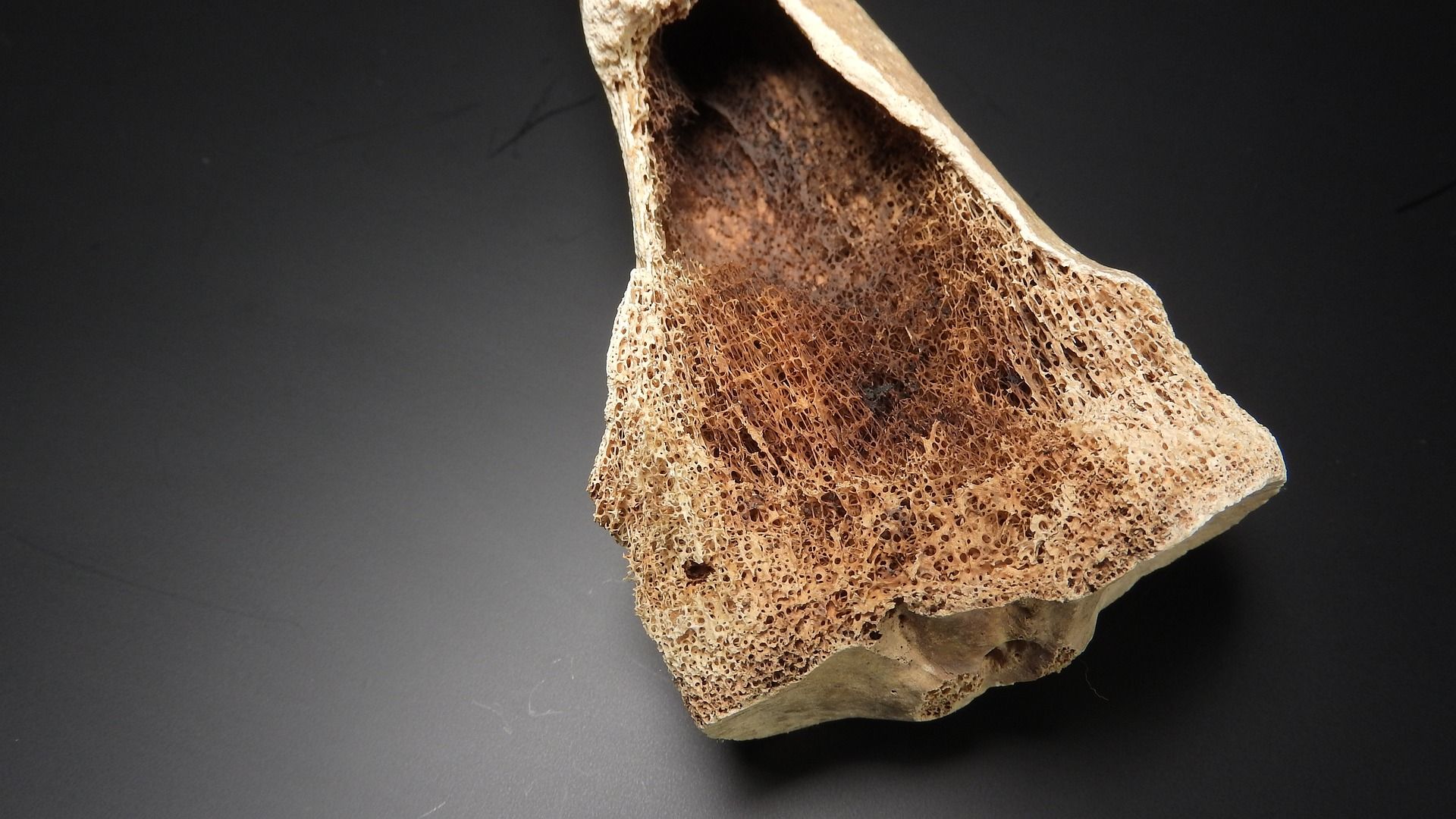
Achieving this perfect balance is what ultimately allowed primitive animals to move out of water, and onto land, then evolve into the spectacular diversity of vertebrate animals we see and love today.
Member discussion